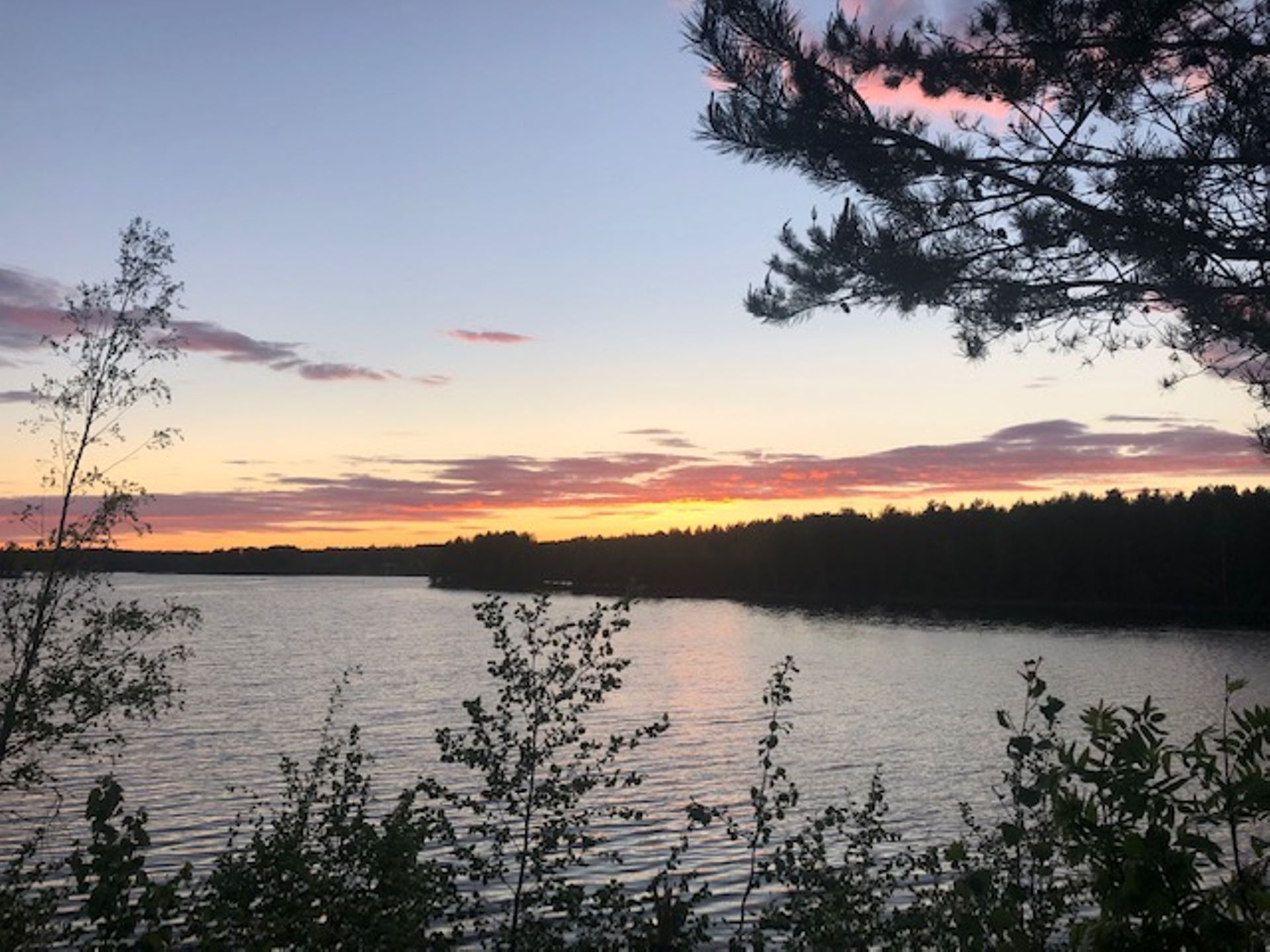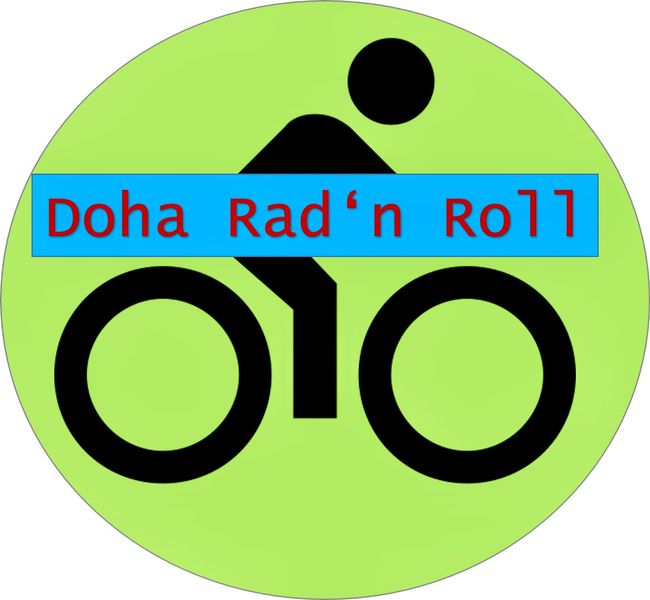The German Baltic Sea coast to Lübeck
Publicado: 16.06.2022
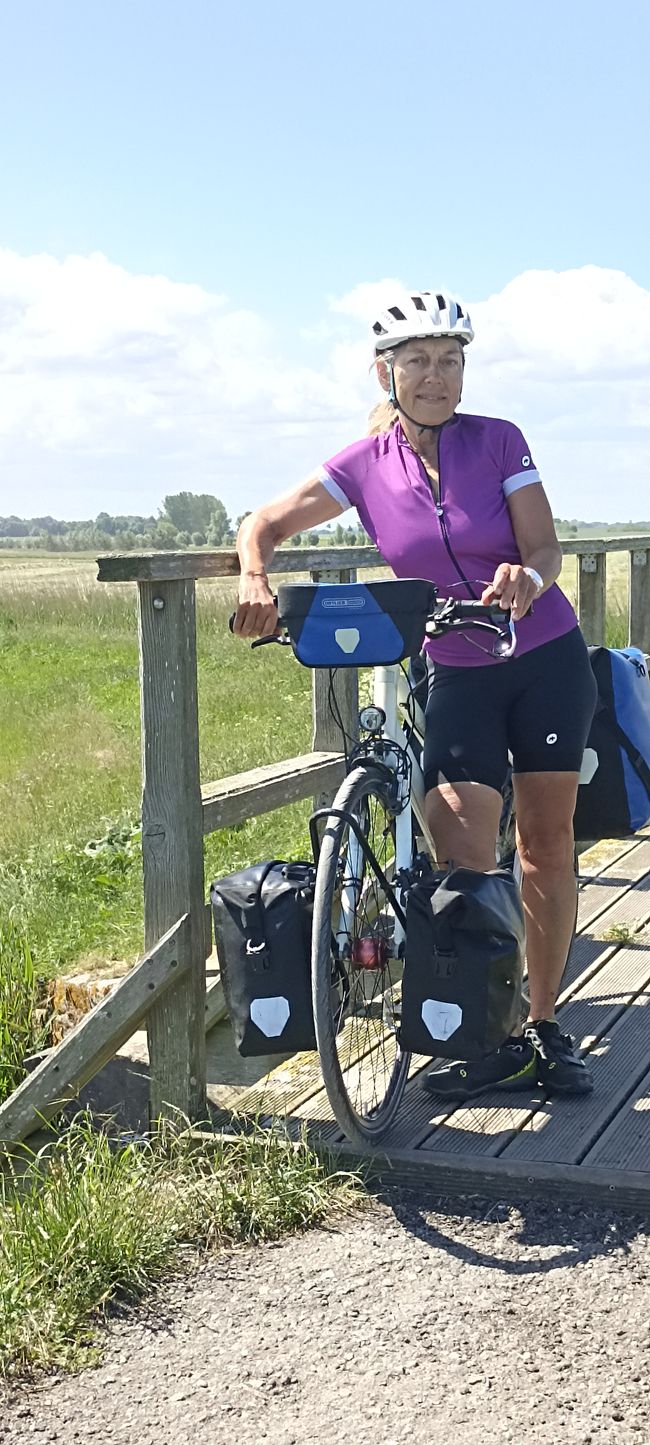
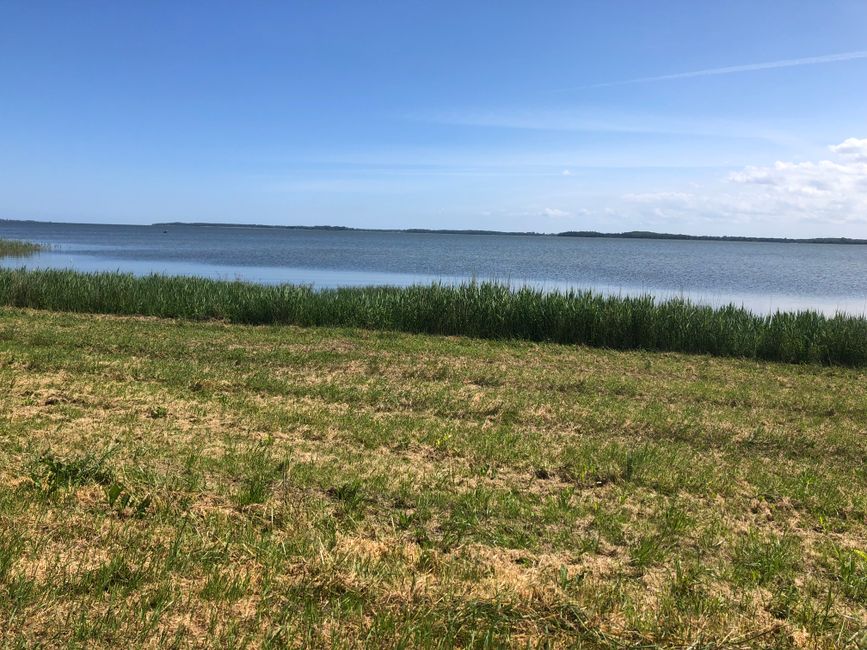
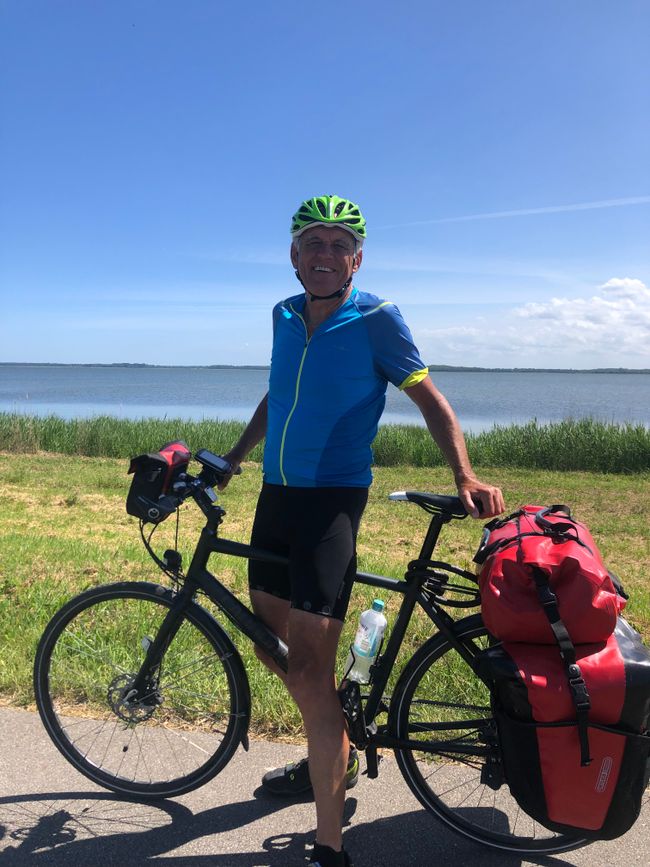
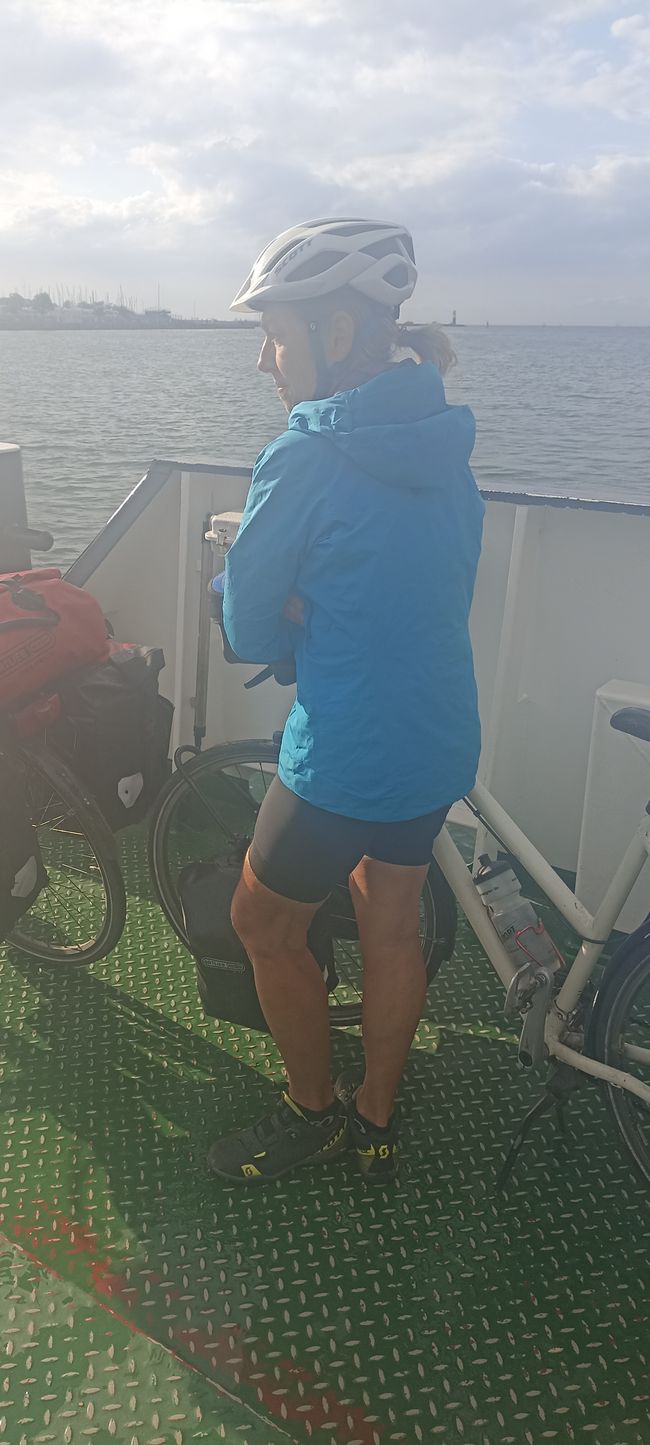
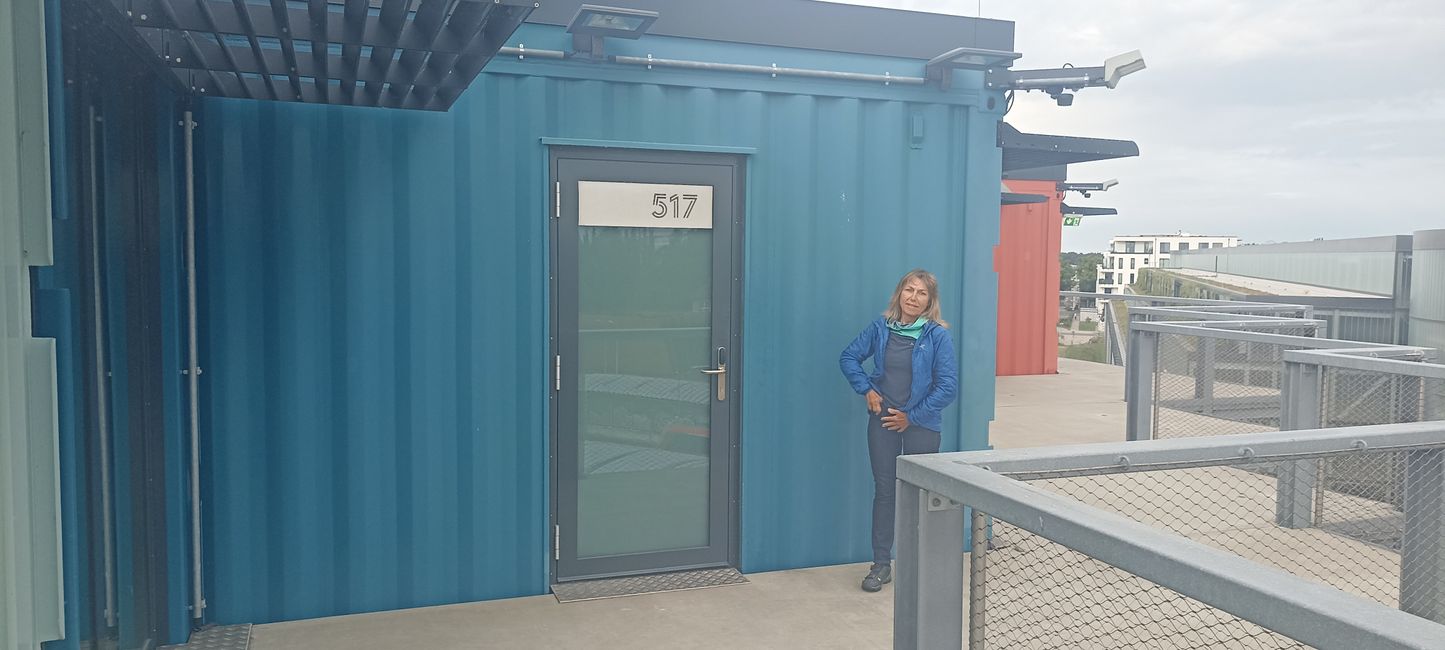
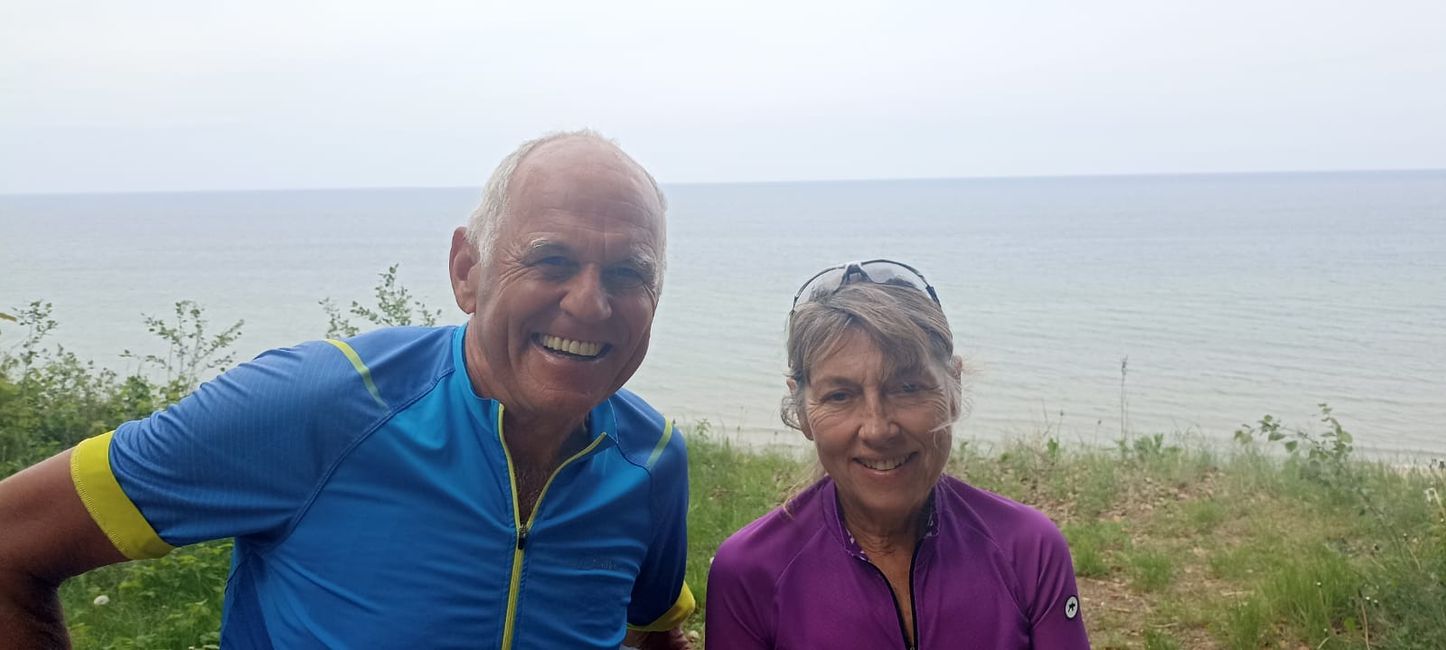
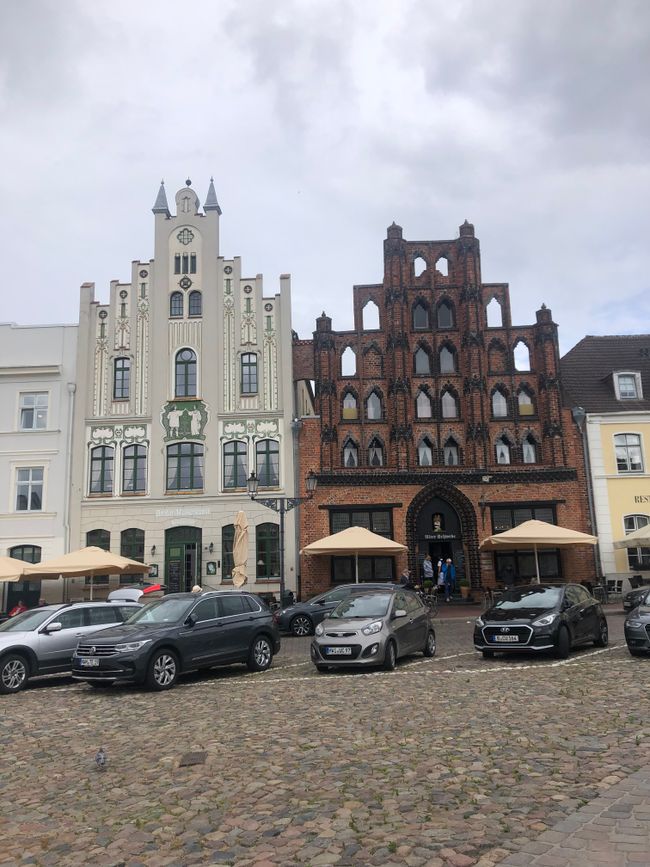
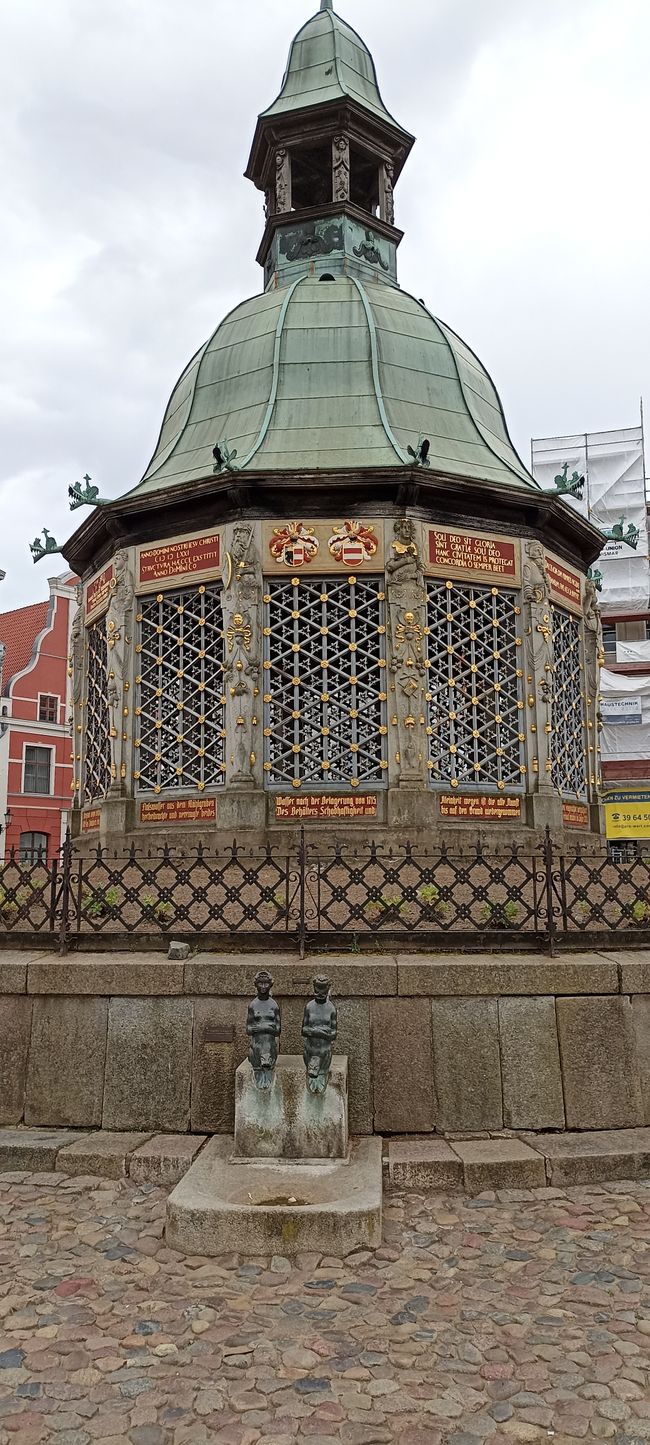
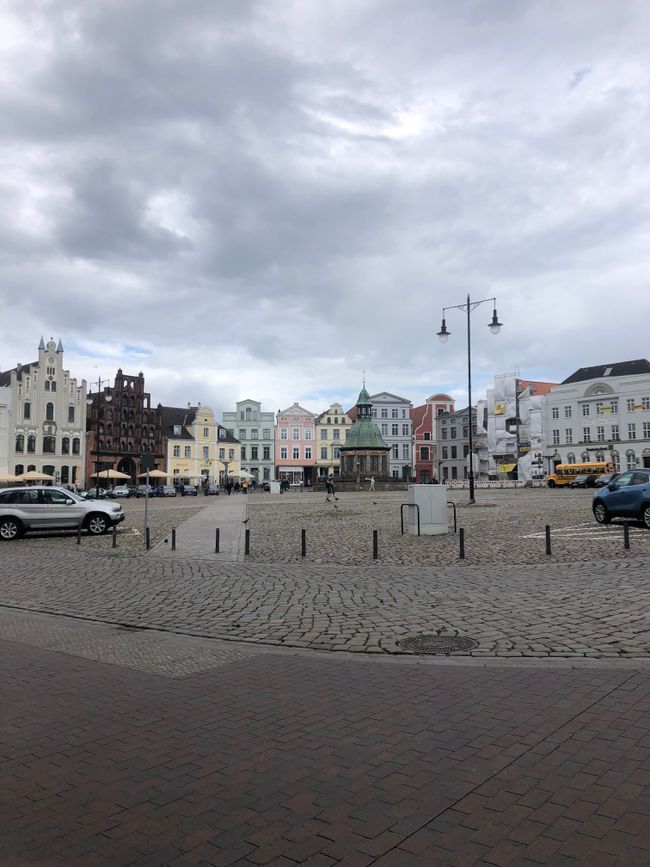
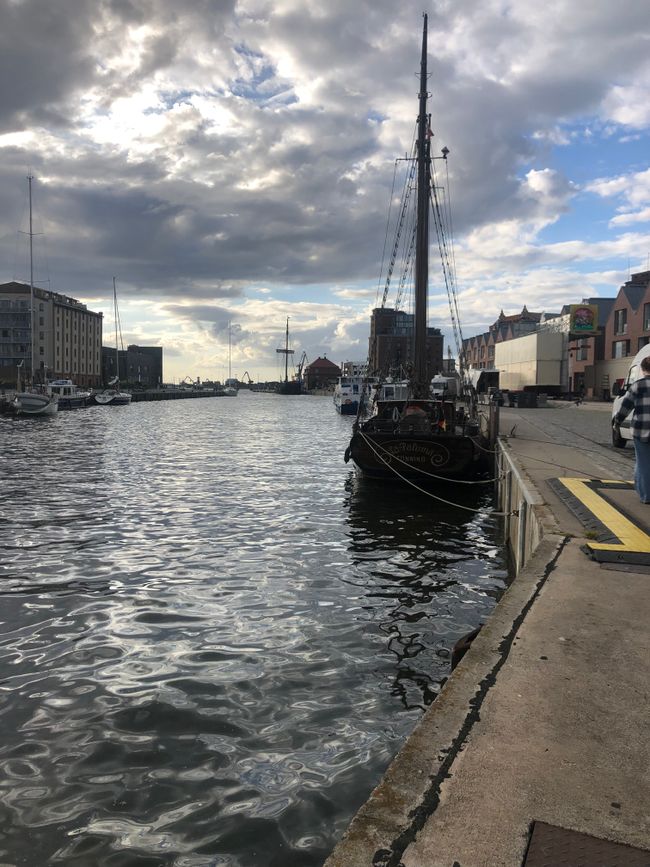
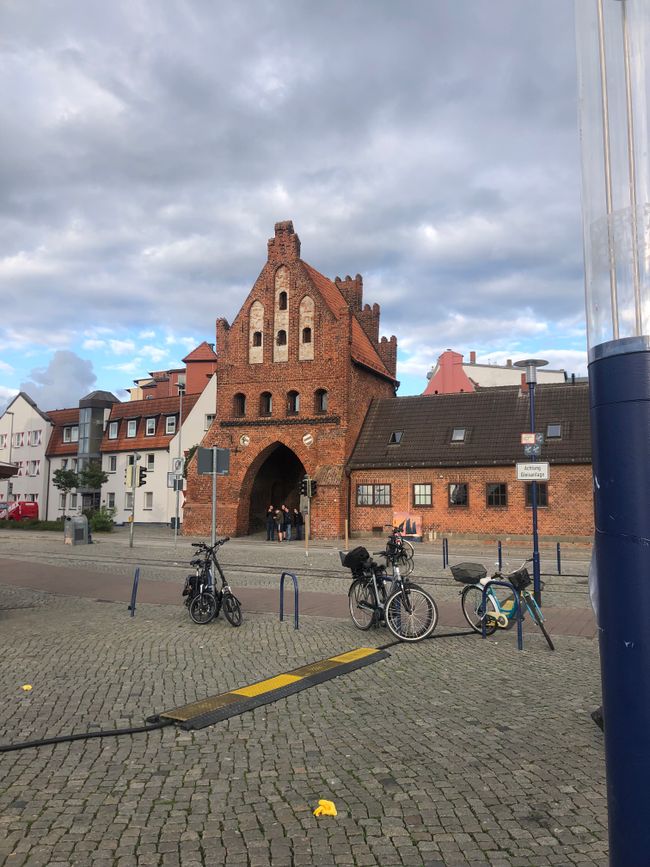
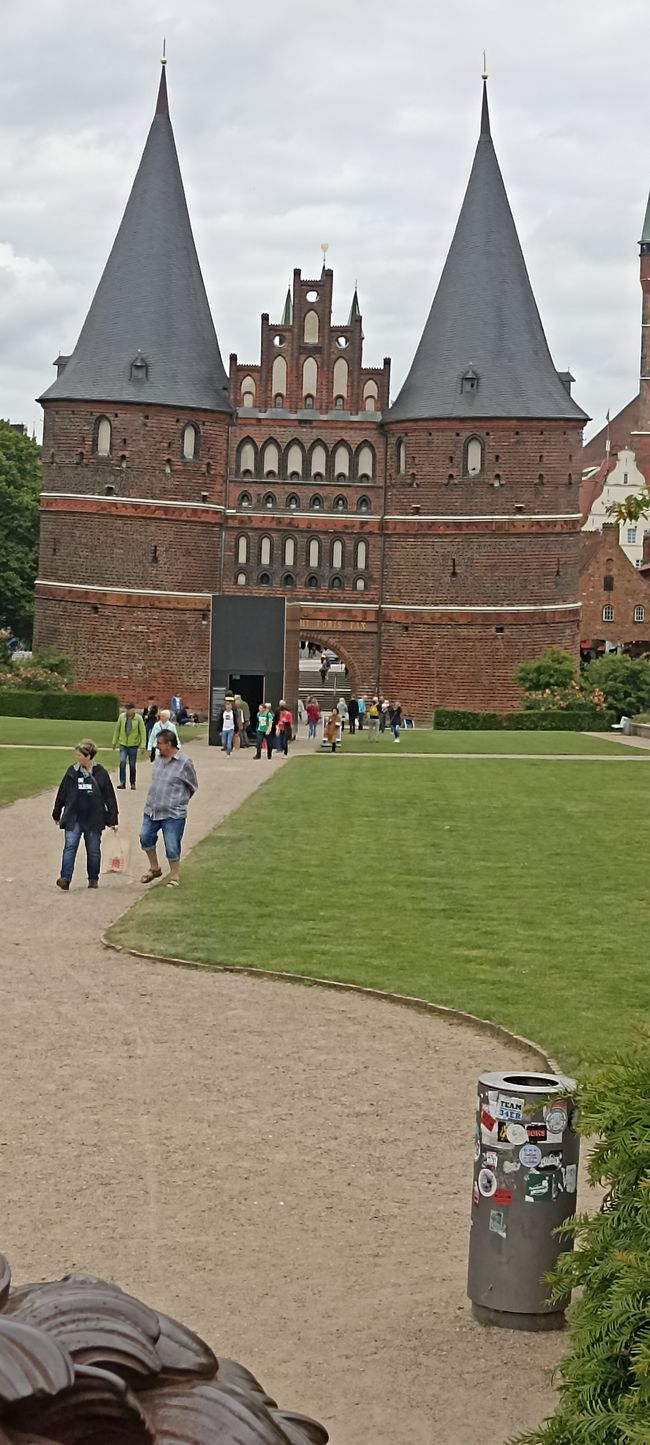
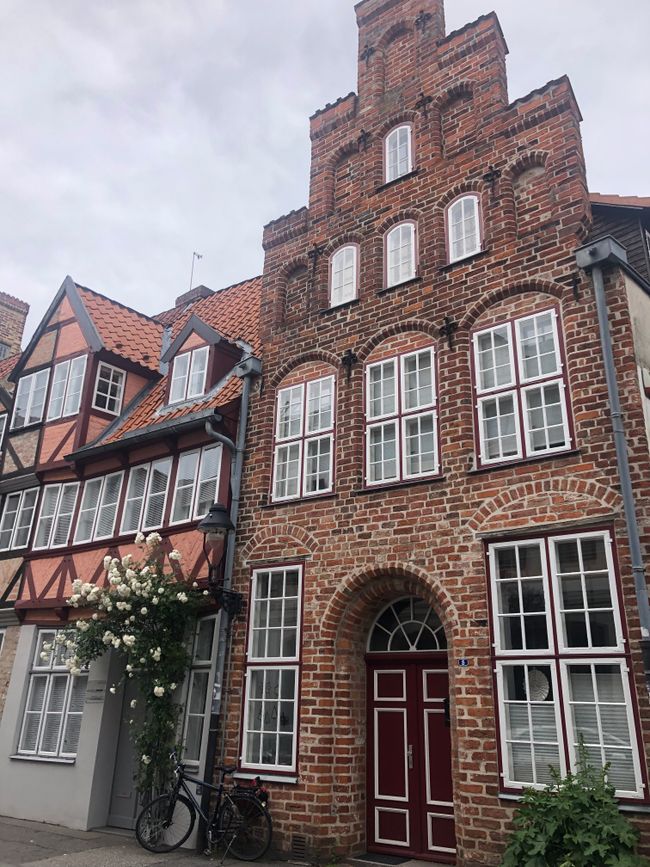
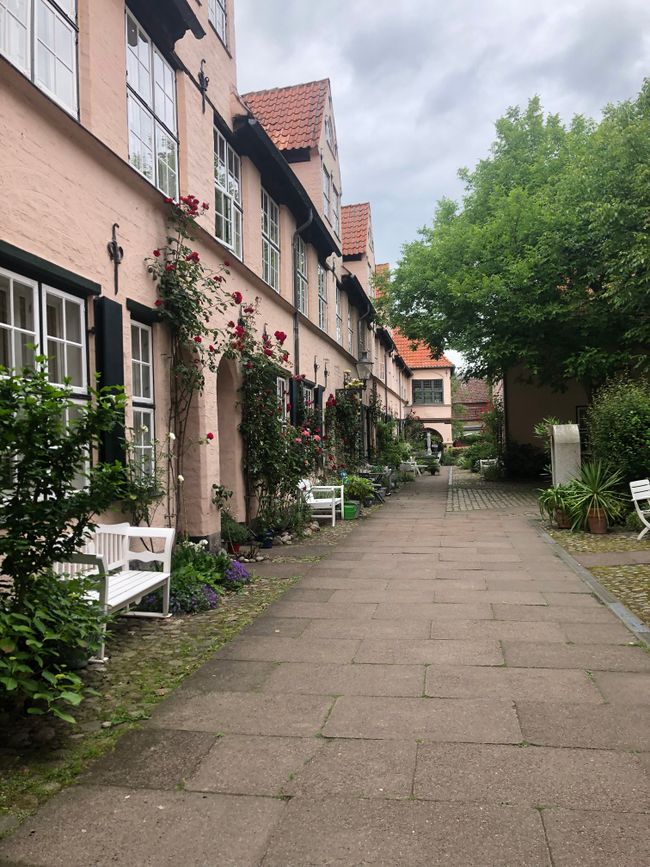
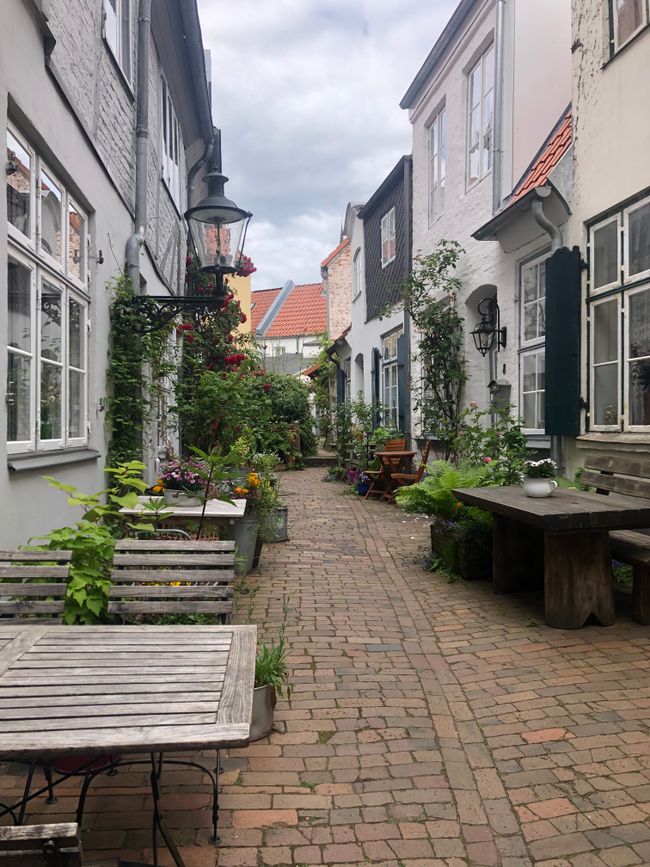
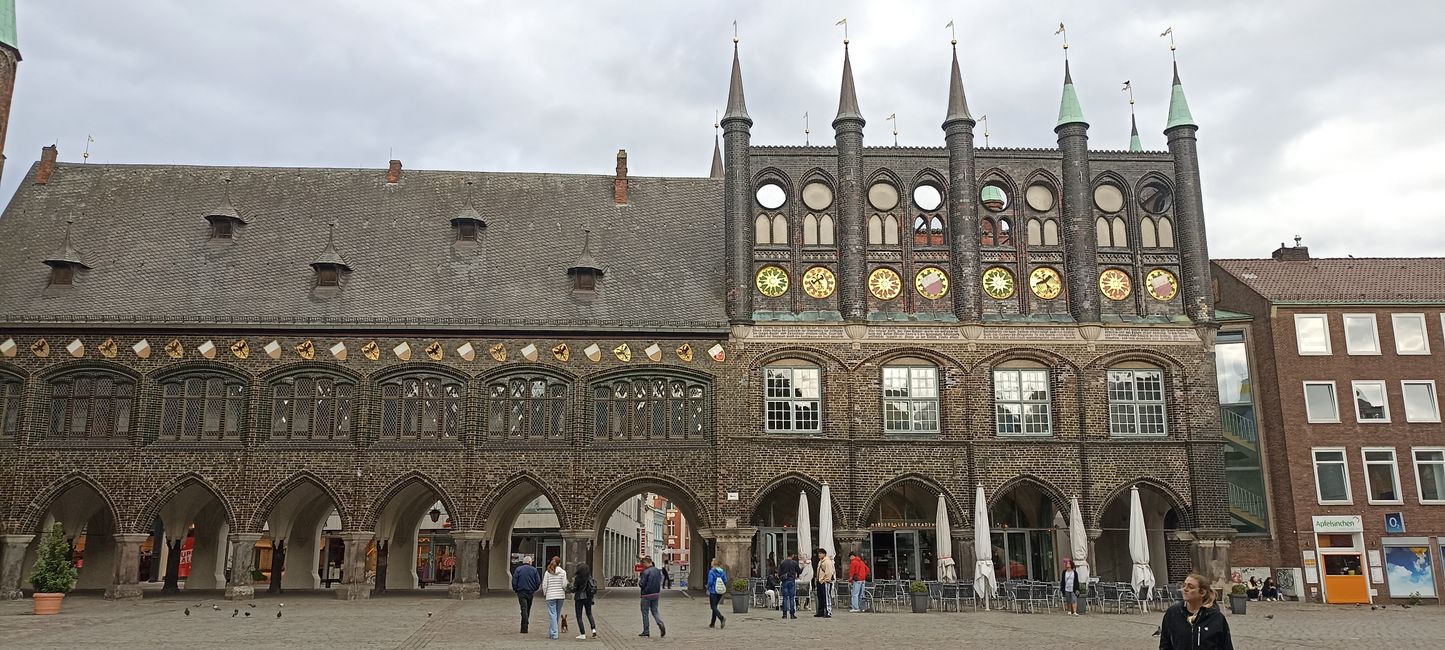
Suscríbete al boletín
Day 7 - June 12: Stralsund - Barth - Zingst - Darß - Ahrenshoop - Warnemünde 120 km
In brilliant sunshine, we leave Stralsund with a last view of the impressive Rügen Bridge. We drive along the Strelasund with a view of Rügen and later Hiddensee. We pass through small, tidy villages like Klausdorf, Nisdorf, and Dabitz, mostly on well-paved roads, to Barth. It is still 15 km to the Baltic Sea health resort of Zingst. Almost 20 years ago, my friends Klaus and Martin and I rode this route and have no memories of the wonderful landscape at Barther and Boddstedter Boden due to the heavy and continuous rain. Just past Zingst, we found refuge in a holiday apartment with heating. In Zingst, we each enjoy one of the classic fish sandwiches and then cycle on the dam and through the forest through the ZDF of the GDR (Zingst, Darß, and Fischland), which is considered by the residents to be the most beautiful peninsula in Germany. After 30 km, we reach Ahrenshoop, a beautiful artist village. We continue through Wustrow and Graal-Müritz to our actual destination Markgrafenheide and head to the campsite. It is just before 6 pm, the reception has been closed since 5 pm, but a man is still sorting papers. He tells us that nothing is possible today: "Nothing until tomorrow." Even upon inquiry, he explains to us that we cannot stay at the campsite. Strange behavior, incomprehensible. We try to find a guesthouse in the town and then find a special accommodation at the DOCK INN Hostel in nearby Warnemünde, directly opposite the MV Werften shipyards.
As fittingly described on the hostel's website: Just a seagull's cry from shipyard cranes, fishing boats, and the river, shipping containers pile up to create a stylish hostel that has as little in common with a simple bed & breakfast as a paddling pool does with the sea. Weathered and seasoned on their journeys across the seven seas, stranded in Hamburg harbor, polished by dock workers on the Baltic Sea and brought back to life anew.
You stay in a kind of overseas container with a double bed, locker, and bathroom, and can enjoy the view of the harbor and the sea. A special experience; we were lucky in our misfortune!
Day 8 - June 13: Warnemünde - Kühlungsborn - Rerik - Wismar 80 km
During breakfast, there is a heavy rainfall. We are still sitting in the dry. When we start riding, the sun shines, but soon we feel the headwind. So far, the dreaded westerly wind has been considerate and remained mostly quiet. We have hardly had to deal with rain either. Shortly before our first destination, there was a thunderstorm with heavy rain. We took shelter at a gas station for about an hour and then reached the Baltic Sea resort of Kühlungsborn, where we visited the 14 m high border tower, one of the formerly 26 towers, of which two are still preserved. The GDR regime would have liked to declare the entire coast a restricted area, but GDR citizens also needed places for rest and relaxation. That is why the Border Brigade Coast had to observe the coast from the towers and detect escape attempts. The soldiers of the Border Brigade patrolled the beach, often disguised as walkers, or sailed along the coast with ships. About 6000 people attempted to escape across the Baltic Sea, and almost 1000 reached their destination. The others were sentenced to long terms in prison. 180 people lost their lives, most of them shot by border guards.
One of the most famous refugees was Peter Döbler, who swam across the Baltic Sea in 1969 and reached the island of Fehmarn, about 40 km away, after about 25 hours.
We continue cycling on good paths to the Baltic Sea resort of Rerik. From there on, we have a lot of headwind and short, challenging climbs, so that the 30 km to Wismar seem quite far. The "brick city" has preserved its medieval character to this day and, together with the old town of Stralsund, is a UNESCO World Heritage Site. It is no coincidence that the old town served as the backdrop for Werner Herzog's "Nosferatu". Wismar was one of the most important Hanseatic cities, as evidenced by the representative bourgeois houses, warehouses, and churches. Particularly impressive are the huge market square and the Nikolaikirche, the water gate, and the waterworks. Here in Wismar, Rudolph Karstadt also founded his first department store in 1881.
As it starts to rain again in the evening, we decide to stay overnight in Wismar.
Day 9 - June 14: Wismar - Boltenhagen - Travemünde - Lübeck 90 km
In the morning, it is quite cool, but cycling helps. We mostly ride along the coast again. Today's weather seems to encourage many holidaymakers to get on their bikes. It is hard to believe how many cyclists are on the road. Today too, we have to ride against the wind and later we benefit from short, challenging climbs. Dominique is reminded of Finland and the "ramps" and complains. Boltenhagen is a seaside resort with a long main street, not much beautiful. That's why we quickly ride through and then along the cliffs. Along the way, we stop at the memorial stone for the victims of the Cap Arcona. On May 3, 1945, shortly before the end of World War II, the ship was sunk by British planes, causing most of the approximately 4600 concentration camp prisoners on board to lose their lives. 2800 prisoners lost their lives on the accompanying ship Thielbeck. The war was almost over and the terrible time in the concentration camp seemed to be over... What madness!
We continue cycling to Travemünde and from there through the outskirts to the campsite of Lübeck. It is only 4 km from there to the Holsten Gate. Lübeck, once the most important city of the Hanseatic League, received recognition as a UNESCO World Heritage Site for the entire old town in 1987. We feel the importance and uniqueness of the medieval city center at every corner during a walk. Not only the cathedral, the Holy Spirit Hospital, the castle gate, or the town hall are impressive buildings, but also the countless bourgeois houses and warehouses made of brick. The alleys and courtyards into which affluent Lübeckers built additional residential buildings are particularly interesting. This allowed the limited areas of the old town to be expanded. The Füchtingshof from the 17th century is impressive with its richly designed entrance gate and beautiful residential complex. In my opinion (dk), Lübeck is one of the most beautiful cities in northern Germany!
Suscríbete al boletín
Respuesta (1)
Larissa
Wie geht’s Euch bei der Hitze? In Basel hatte es heute 38 Grad- wird sind ins Schwimmbad geflüchtet.. (Bettingen) und haben dort zufällig Anouk getroffen.
LG